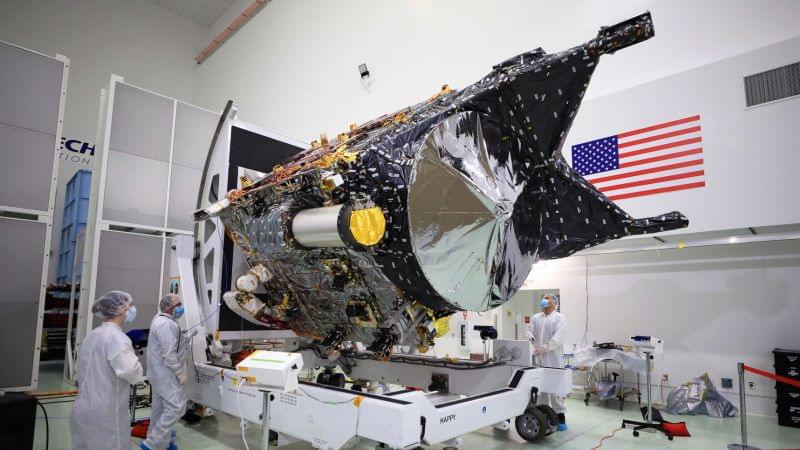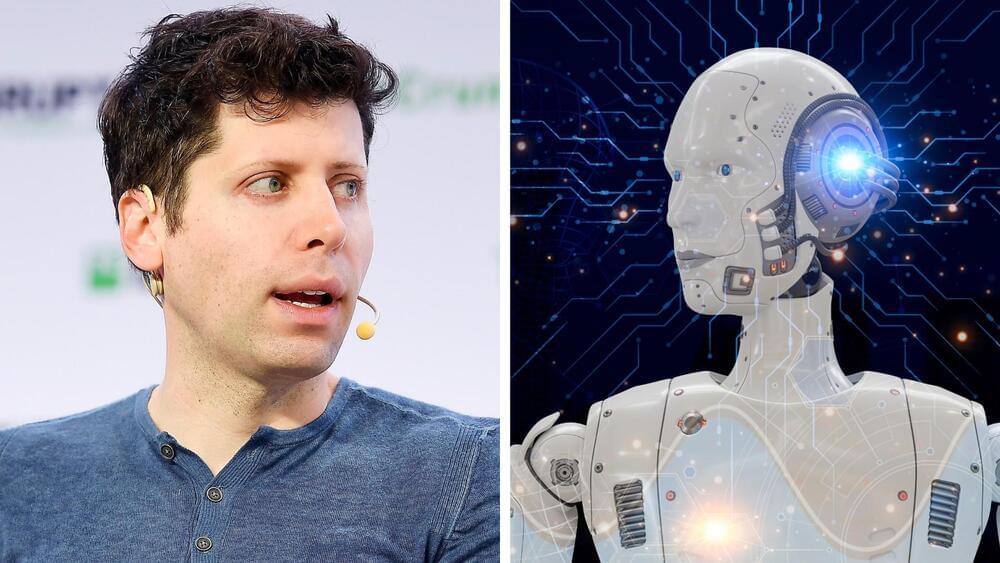Nov 25, 2023
Can AI Outperform Human Creativity? Research Suggests Machines Are More Capable Than We Thought
Posted by Dan Breeden in categories: innovation, robotics/AI
Picture this: You’re in a conference room, surrounded by a mix of designers, engineers and strategists, all eager to brainstorm your company’s next big innovation. Could a machine be more effective at guiding this brainstorming session than your human team? It may sound counterintuitive, but AI is not only catching up to human creativity — it’s excelling in ways that could redefine how we approach innovation.
Related: How To Use Entrepreneurial Creativity For Innovation


















